Push-ups are one considered to be one of the foundation exercises of most workouts and probably one of the first exercises that you were taught as a kid.
Although a regular push-up can be pretty bland there’s an impressive number of push-up variations out there for you to learn. If you feel like challenging yourself then why not try out some new variations to keep things fresh?
The following push-up variations are my 10 favourite challenging variations of push-ups. Try adding a selection of these to your workout (or your warm up if you’re already a pro!).
Table of Contents
1. Spiderman Push-Ups

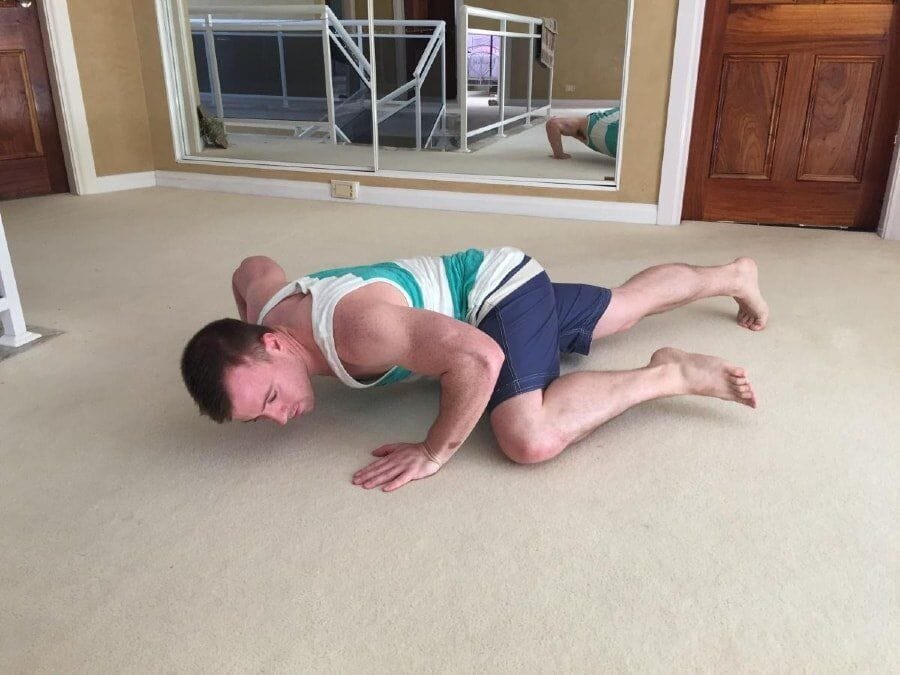
The concept behind Spiderman push-ups is to crawl forward with each push.
This is done by staggering your hands and feet so that you move forward with each rep. To do this, reach forward with one hand and bring your knee towards your trailing elbow, repeating this movement with your left and right hand as you progress forwards with each rep.
The Spiderman push-up can be a tricky one to get your head around. Don’t worry if you spend more time thinking about which limb to move next than you do putting effort into the actual push part – this will be natural at first!
To get the best form you want to keep your body low and your rhythm steady as you crawl your way across the room. Don’t forget to push up and down with each repetition; it’s a push-up after all, not a crawl.
Note: Some people call the staggered push-up which moves you forwards with each rep as ‘Alligators’ and refer to Spiderman push-ups as simply bringing a knee up to your elbow.
Great for: Working both sides of your body and setting yourself a distance target by getting from one side of the room to the other.
2. Archer Push-Ups

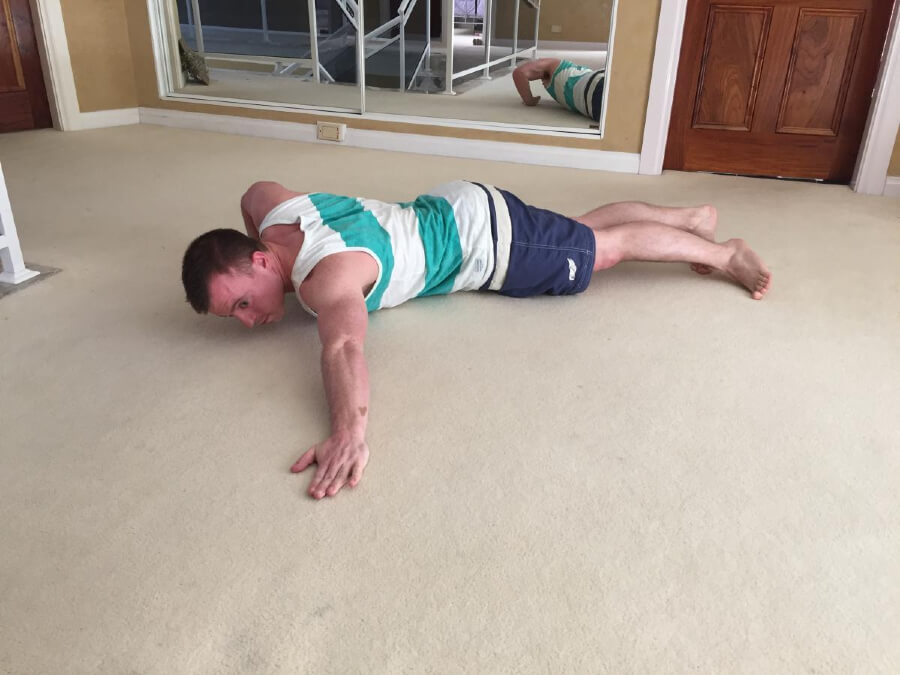
To complete an Archer push-up, start with a reasonably wide grip that is wider than shoulder width but still allowing you to keep bent elbows.
From here, lower your body weight over to your left hand so that your left arm becomes completely bent, but your right arm is completely straight, then push back up with your left hand until you return to the starting position. This is one rep.
Now repeat this with your other arm, alternating between left arm and right arm. When doing this in a fluid continuous motion you should notice you move in an ‘arch’ type movement, hence the name Archer push-ups.
Great for: Progressing to one-handed push-up.
3. Hindu Push-Ups

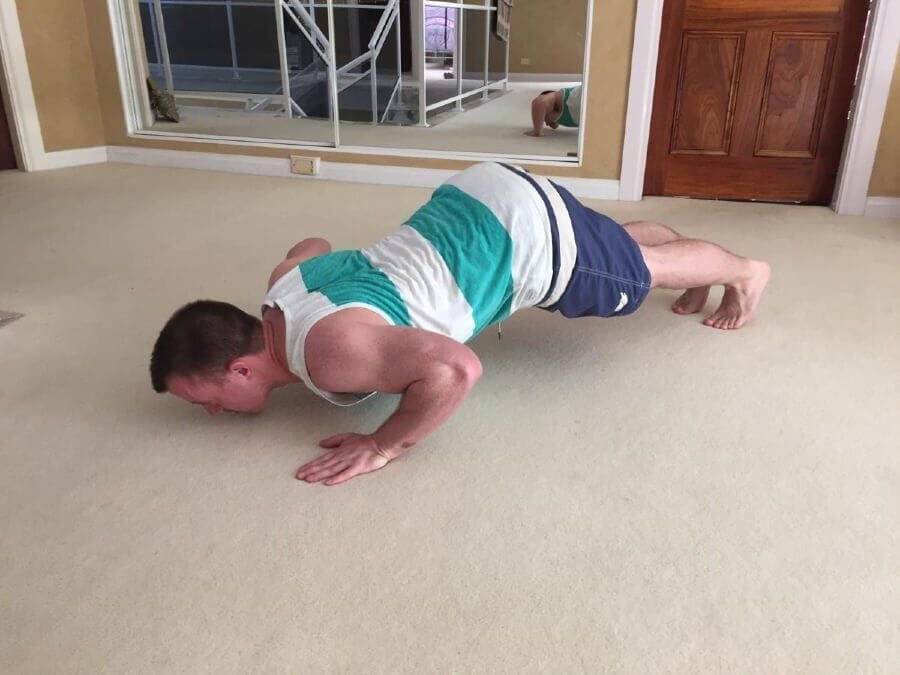
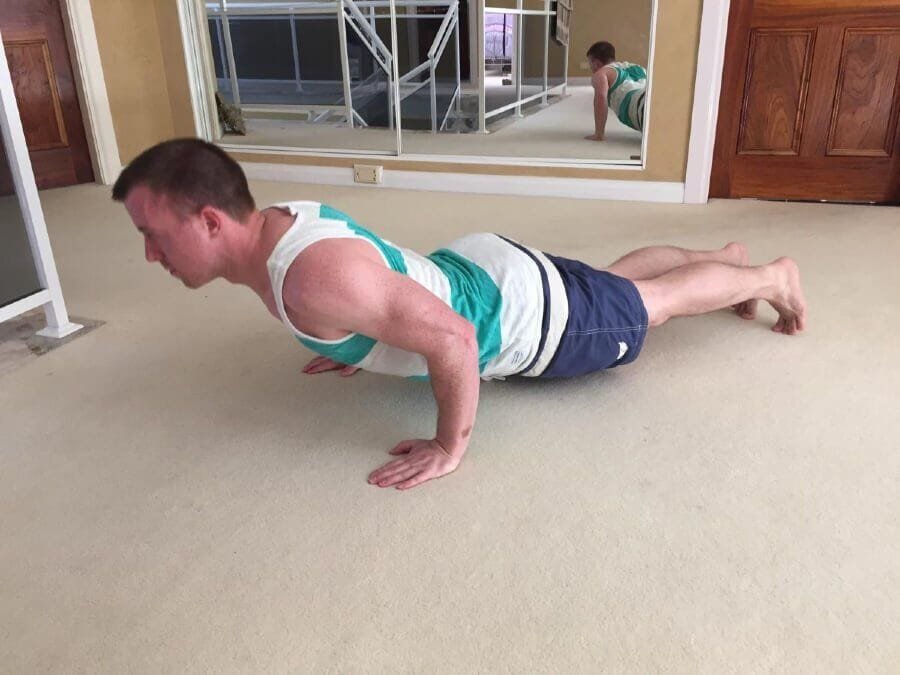

This one will feel quite familiar to anybody who has ever tried yoga, in particular, the Vinyasa Flow movement (I hope I’ve got that correct Yoga peeps!).
For this one, start with your legs and arms straight and your bum in the air in a pike-like stance. From this position, you want to lower your chin down towards the floor (between your hands) and then push ‘through’ and back up so that your head is back up high and your hands are near your waist. From here, push yourself back to the starting pike position to complete the rep.
When done in a fluid motion, your whole body should move in a circular-type motion. Ensure you keep your legs straight throughout.
Great for: Targeting various muscles in your shoulders across the different stages of the push-up.
4. Triangle Push-Ups

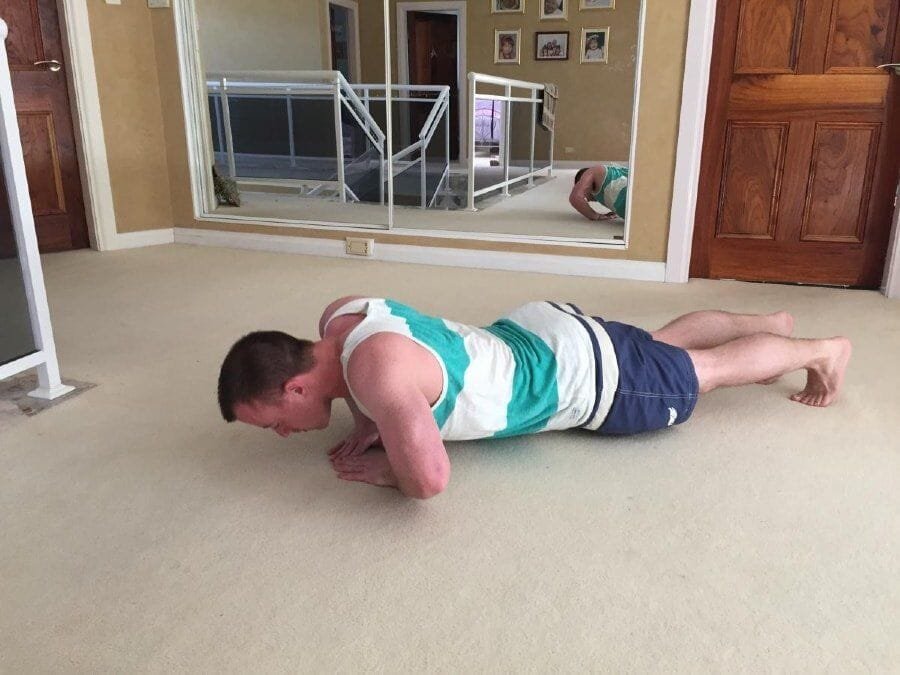
Triangle push-ups are just like regular push-ups but with a slight variation to the position of your hands.
Your hands should be placed flat in front of you so that the tips of both index fingers touch each other, and the tips of each thumb touch each other. This should create a triangle shape between your hands.
With this variation try and keep your elbows close your sides so that you feel a much higher intensity on your triceps.
Great for: Moving the focus from your chest to your triceps to get a more intense tricep workout.
5. Fingertip Push-Ups
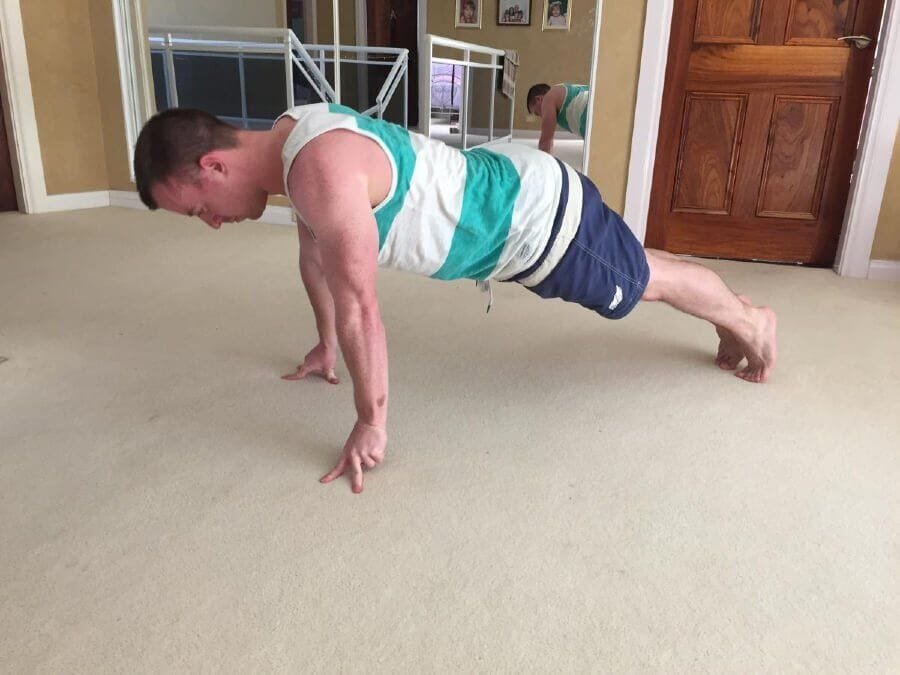
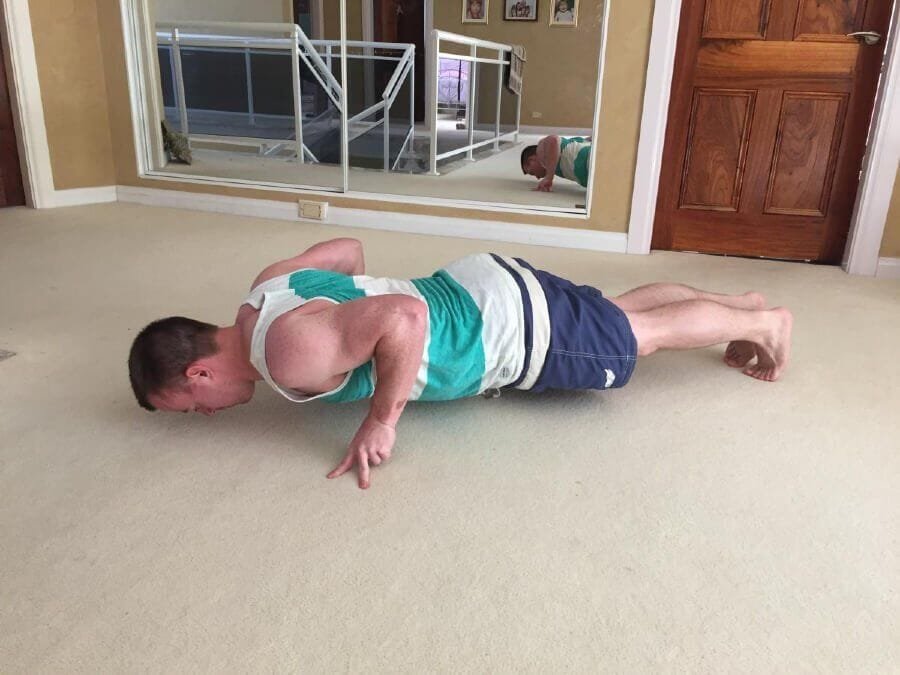
Fingertip push-ups are just like regular push-ups but with your weight being supported on only your fingers, rather than your whole hand.
You can make the fingertip push-up harder by reducing the number of fingers used.
Great for: Improving finger tendon strength.
6. One-Handed Push-Ups

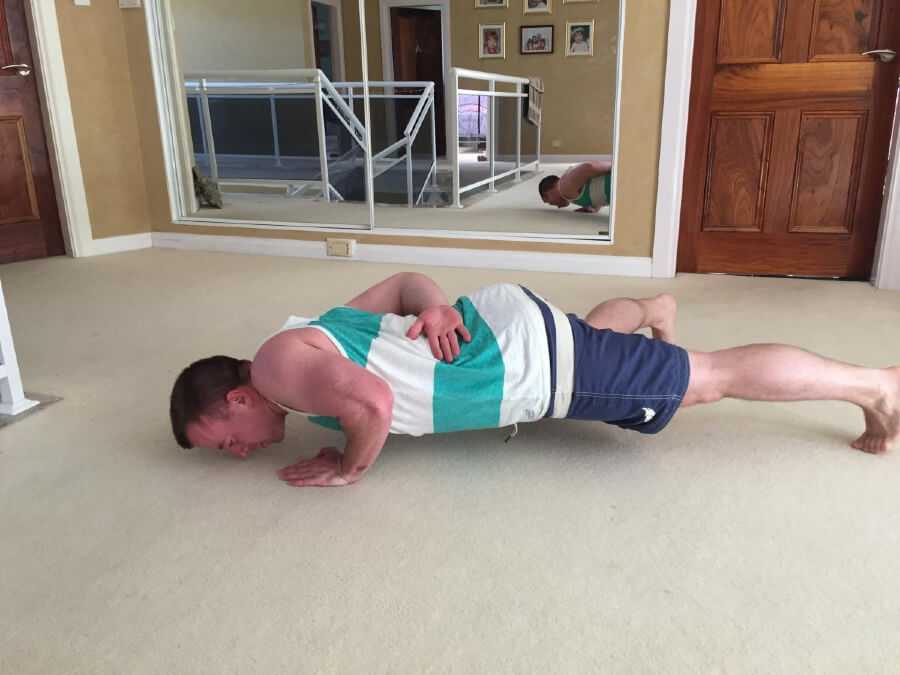
If Archer’s are becoming too easy for you then you can try the one-handed push-up.
This one is pretty much “as it says on the tin”, but you’ll want to make sure you get your position right and keep your core tight to prevent slouching your body when pushing from one side.
I recommend placing your feet at shoulder width distance apart to give you a more triangular base to balance on. Your weight should also be directly over the arm you are pushing from. Bend the other arm behind your back to keep it from affecting your form.
Great for: Working on your one hand strength and giving yourself a harder goal.
7. Planche Push-Ups
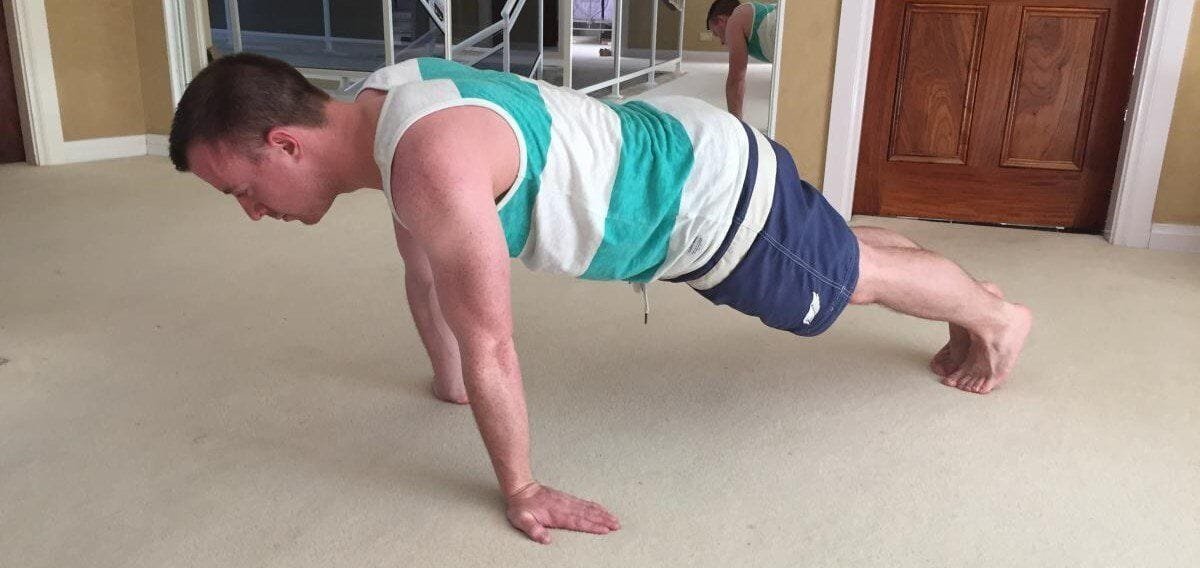

The planche push-up involves you positioning your hands lower down towards your waist, creating a much greater strain on the fronts of your shoulders.
The direction your hands point towards is entirely up to you – most people prefer to have their hands pointed outwards or even slightly backwards, as this reduces the strain on the wrists. If you can perform these with your hands pointed forwards and not struggle with wrist pain, then that is a sign of good wrist strength and flexibility.
Keep your elbows tucked in close to your body during reps for best form.
Great for: Strengthening the area of your shoulder which is used in other planche type exercises.
8. Elbow Push-Ups

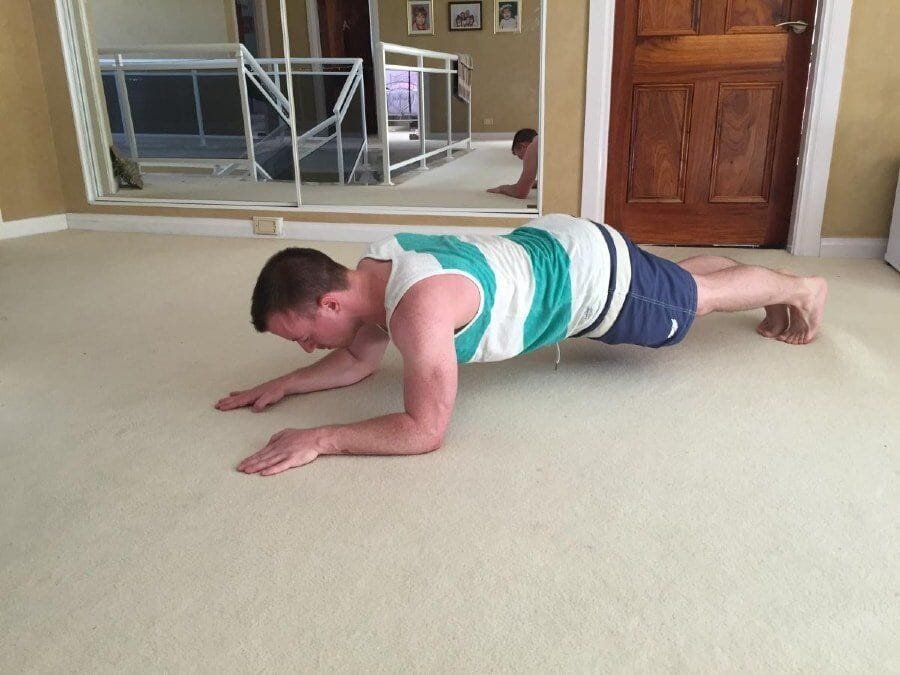
Elbow push-ups feel like a combination of a plank and a push-up and are fantastic for working on your triceps.
Starting with a regular push-up position you want to lower yourself down from your hands to your elbows so you finish resting on your forearms in a plank position. From here simply push back up to the starting position ensuring your elbows remain behind your hands at all times without being flared out to the side.
Some people vary this technique by completing a regular push-up first and then rotating back onto their elbows/forearms from bent arms, whereas others simply rotate onto their forearms from the regular push-up starting position (straight arms). Try both and find what works best for you!
Great for: Finding an excuse to incorporate planks between push-up reps or complete sets.
9. Wide Grip Push-Ups


Similar to a regular push-up but with your arms placed wide apart. Try placing them approximately 1.5x wider than you would in a regular push-up.
Great for: Moving the strain away from your triceps and focusing on your chest.
10. Slider Push-Ups
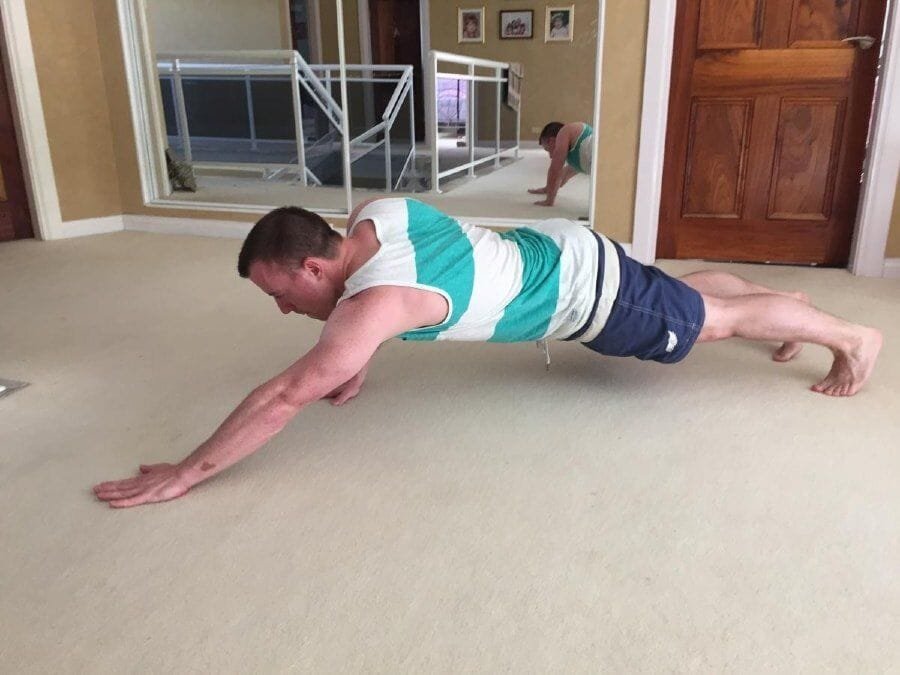
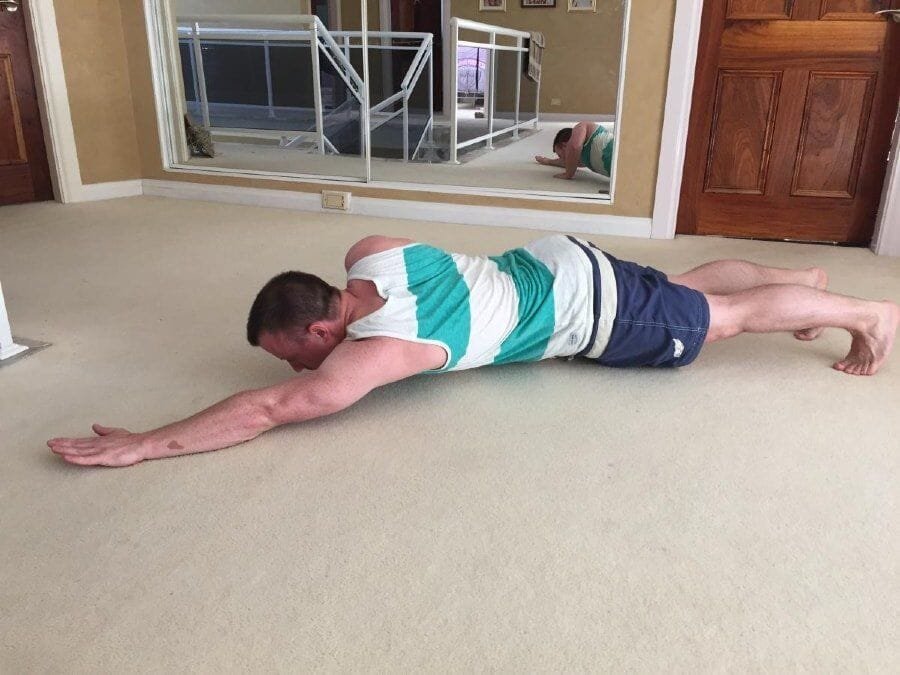
Slider push-ups require you to slide one hand out to the side (or in front of you) as you lower your body, alternating the hand used with each rep. The sliding hand should be used more for balance as most of the strength and weight should come from the other hand.
This push-up variation is similar in style to Archer push-ups though it puts more focus on the front of your shoulders.
Great for: Adding another push-up progression to your arsenal which will help you on your way to the One-Handed push-up.
Adding Push-Up Variations Into Your Workout
If you want to use any of the above push-up variations in your workout then you could try the following workout ideas:
- Blast the lot: Complete a set of each variation with 8 reps per set, starting with the variation you find the easiest and finishing with the variation you find the hardest.
- Working up to the hardest: As a slight variation of the above complete the sets pyramid style, so 10 reps of the easiest variation, 9 of the second easiest, 8 of the next and so forth…
- Improve on your favourites: Pick 3 variations to focus on and complete 3 sets of each, 10 reps per set.
BONUS: If you’re looking for something really challenging then checkout Pelican Push-ups in another post.
5 Alternative Bodyweight Exercises to Push-Ups
Push-ups are one of the most fundamental movements in the fitness world. They are among the most effective exercises you can do. Push-ups are great for strengthening the shoulders, biceps, and triceps, as well as your pecs and core muscles. They help you improve balance, stability, and strength.
Although they still require quite a bit of strength, so are especially challenging for beginners (see our form guide to performing a push-up here). Therefore, don’t worry if you’re not a master of push-ups yet. Additionally, for those of us struggling with injuries, doing the exercise can be agonising and outright dangerous.
Not to worry! We have compiled a list of bodyweight exercises that serve as great alternatives. Whether you want to recover from injury, find a less challenging exercise, or just change things up a little. We have you covered.
#1 Incline Push-Ups
The Incline Push-Up is a great exercise for beginners as it reduces the amount of bodyweight you have to ‘push’. If you have an adjustable bench they are even better, as you can progressively make the exercise more challenging as your fitness and strength improve. Alternatively a plyo wooden box is a great tool for this beginner exercise.
These are also great for people struggling with wrist, elbow, or shoulder pains. Not only because there is less overall weight acting upon these joints, but also because it allows you to focus on your form, a great thing to reduce the risk of injury.
#2 Dips
Dips are another one of those great calisthenics compound movements. They mainly work the triceps, shoulders, pecs, and get some help stabilising from the core. Sounds familiar? Yes, those are the same muscles we use for doing Push-Ups!
Dips are also a great exercise as the unique vertical pushing motion will transfer to more advanced exercises like handstand push-ups and planche.
Although it should be very clearly stated that dips are by no means an easy exercise, just a great alternative for those who can already them comfortably with good form. Thankfully, we have provided you with an additional video on how to progress and build up to being a pro dipper.
#3 Bear Crawl
This exercise is great for a modicum of reasons, not least of which is the fact that it uses muscles of basically the entire body. The shoulders, chest, back, glutes, quadriceps, hamstring, and core are all used extensively. This makes it a great all-rounder exercise if you want to build strength and endurance.
A second advantage is that The Bear Crawl is a unilateral movement, meaning that we move one side of the body at a time. This is great as it fixes imbalances and demands more input from the core, strengthening it.
#4 Wall Walks
Wall walks are a great introduction to some of the advanced calisthenics movements such as the handstand and handstand push-up. They strengthen your shoulders, traps, and lats. These are used extensively when you do push-ups as well, this exercise just emphasises them a bit more.
A great aspect of this exercise is that it is easy to tailor the workload according to your strength. If you are just starting out, you don’t need to walk all the way up to the vertical position. The wall also provides great stability so balance shouldn’t be an issue.
As you get more and more comfortable with the movement you can transition to doing handstands for short periods, which can open a goldmine of opportunity in terms of your athletic abilities.
#5 Chin-Ups
Chin-Ups have innumerable benefits. Not only do they strengthen your favourite shoulder, biceps, and chest. But they also train the muscles that stabilise your spine – the lats and traps. This means it is a great exercise to prevent back pain and injury from occurring in the future.
Additionally, chin-ups help you work on your grip strength, which is an often-forgotten element. The biceps are used quite extensively as well, which is quite uncommon in most calisthenic exercises.
Of course, you will need access to a pull-up bar. See our list of the best pull-up bars.

Founder of www.calisthenics-101.co.uk. Training calisthenics since 2012.
Currently working on: 30 second one-arm handstand, muscle-up 360, straddle planche.